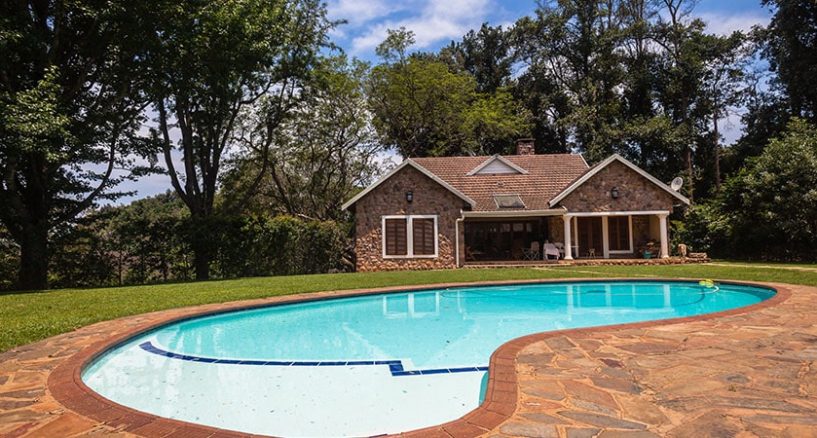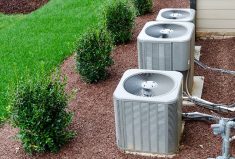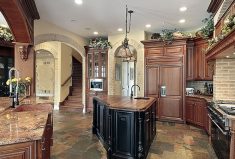Different home additions that you can get.
Perhaps building home addition is a better option to moving! Home extensions range from low-cost, do-it-yourself sunrooms to expensive full-size expansions. You could just want to add a garage to your home.
We have assembled all the information you will need for any remodeling project, whether you want a solarium, a hump, a garage, or even a room above it. You will find all you need to know about planning, budgeting, and motivation, among other things.
Adding on to a House in the Usual Way
A conventional home extension is a multi-room structure erected on the side of a house and permanently connected to the original house. When constructed well enough, a house addition will eventually blend in and become the house itself.
A home can have a huge room, dining room, family room, bathroom, guest bedroom, or master bedroom attached to it. A kitchen is rarely linked to expansion because it is designed to be an apartment.
A room extension, sometimes known as a bump-out, is a single-room addition built on the side of a home for a specific purpose, such as a bedroom or bathroom. It usually simply adds a single room to the existing house.
A space addition, often known as a home bump, out, is a scaled-down expansion. To fit a kitchen island, add another 50 square feet to your kitchen. Alternatively, you might cantilever a few more feet into thin air, transforming a packed dining room into a pleasant eating and gathering place.
A budget-friendly choice
A shed or flat roof is also used to establish a new roofline for space additions and bump-outs. These kinds of modifications are not cheap, even though they are less expensive than full-size standard replacements. They apply to all building codes, licenses, and regulators.
A Sunroom is a place where you may relax and enjoy
Sunrooms are unheated rooms with lots of windows that allow you to enjoy the sun without having to go outside. It might be an excellent location for keeping your outdoor plants healthy during inclement weather. They do not require any additional cooling; however, you will need an electrician to run wiring for any lights or ceiling fans you wish to install.
Materials needed for installation
Sunrooms are not a good substitute for a traditional addition. Sunrooms are often made of prefabricated materials like aluminum and thermally resistant glass, are smaller than a full-size addition, and are installed on site. Sunrooms are frequently stick-built using the same wood, mortar, and other materials that were used to construct the home, creating in a well-designed living area that complements the existing structure.
A four seasons room is just like sunrooms, except it is connected to the house’s heating and cooling systems.
Converting A Garage
Creating living areas out of garages is appealing. Walls, pillars, concrete floors, and a roof make up the fundamental framework. Furthermore, a variety of living space features are already required, such as power and a few windows, or are partially required. Any garage that already has drywall on the studs has one less task to complete. Converting a garage, however, has significant disadvantages.
For one thing, it might be challenging to visually and effectively integrate the conversion with the rest of the house. Large installations, such as plumbing and HVAC, are frequently not in use and must be installed. Converted garages have a low resale value, whereas houses without garages are more difficult to sell.
Conclusion
In one fell sweep, you may add space, adaptability, and market value to your house by adding additions and modifications. Hiring a qualified architects builders DC can ensure that the latest work is up to date. If you don’t, you can wind up spending more money than you put in.











